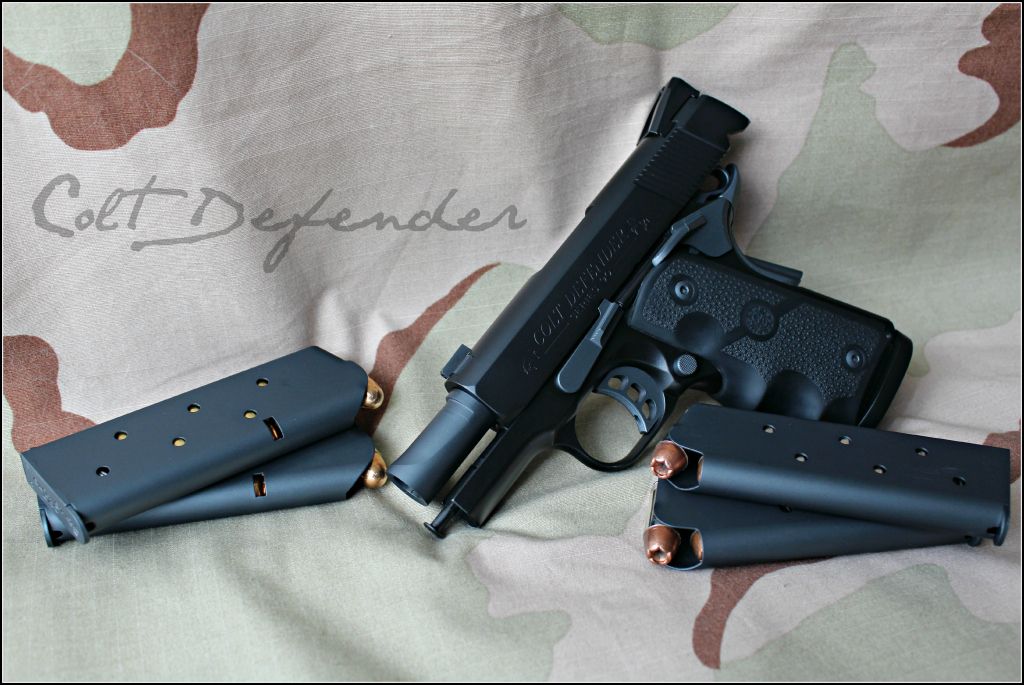… so far, not done that, as I haven’t found a .5k-dollar lathe that will do everything I want for gunsmithing.
I happen to have tried some things…
First off, if you get this lathe, BELIEVE ME when I tell you to get a spare “digital” controller assembly. Somehow, Industrial Tool designers don’t seem to be able to get complex micro-controller circuits to both interface properly with the Machine Tool in question, and withstand the rigors of the tool’s normal-life duties.
Bottom line, the Rule is still “Buy Cheap, Pay Twice”. I just suggest paying twice up front, because you may not be able to find the parts you need when you need them (even from Sears Craftsman, which is from where my experience comes). For me, I’d spare myself the horrors of “digital control” and put my money in a better Machine Tool where I am the only “brain” in the task. And this is from someone who has all the skills, tools, experience and many of the parts to actually repair the controller…
Second, this one only swings 12” between centers. That’s going to put you in “small-pistolsmithing-only” mode w/o access to any “legal” rifle. That kills it for me.
Thirdly, feedback from a gunsmith friend who tried this (with a highly-regarded brand of this type of lathe) and ended up with a breadbox full of shredded stud-gear and other drive parts. He may have been the agent of his own disaster, but the resulting mess makes the whole thing “scrap”. To me, him, and quite likely you as well, Threading is very important. Solution: Buy Twice again, this time the entire contents of the stud gear box. Top tip: Do NOT use your spare gears, but replicate them as needed and use the replicas!!! Just saying…
On that note, you surely already know that the threads on a suppressor are “backwards”, yes? In most barrels, the impact of the bullet in the rifling lands gives the system a “tweak”, which will unscrew “normal” (“Lefty-loosey, righty-tighty”) threads… I mention this because the OP lathe doesn’t mention it can change directions. Many do not, surprise-surprise! Might have missed it, though.
Be Sure or Be Sorry.
Another point about cans, if you decide to move up to more-advanced styles, some require two sets of threads, normally with different diameters but identical pitch, which will obviously need to be synchronized (not necessarily on the same degree — you can offset them enough that the tolerances cancel each other out & you actually put the can under tension or compression some)… That precision and repeatability is hard (for me and my friends) to find in a cheap lathe.
YMMV on all this, of course!
All I ask is, when you do find a Good Lathe, please come back here and report on it?
Dim

